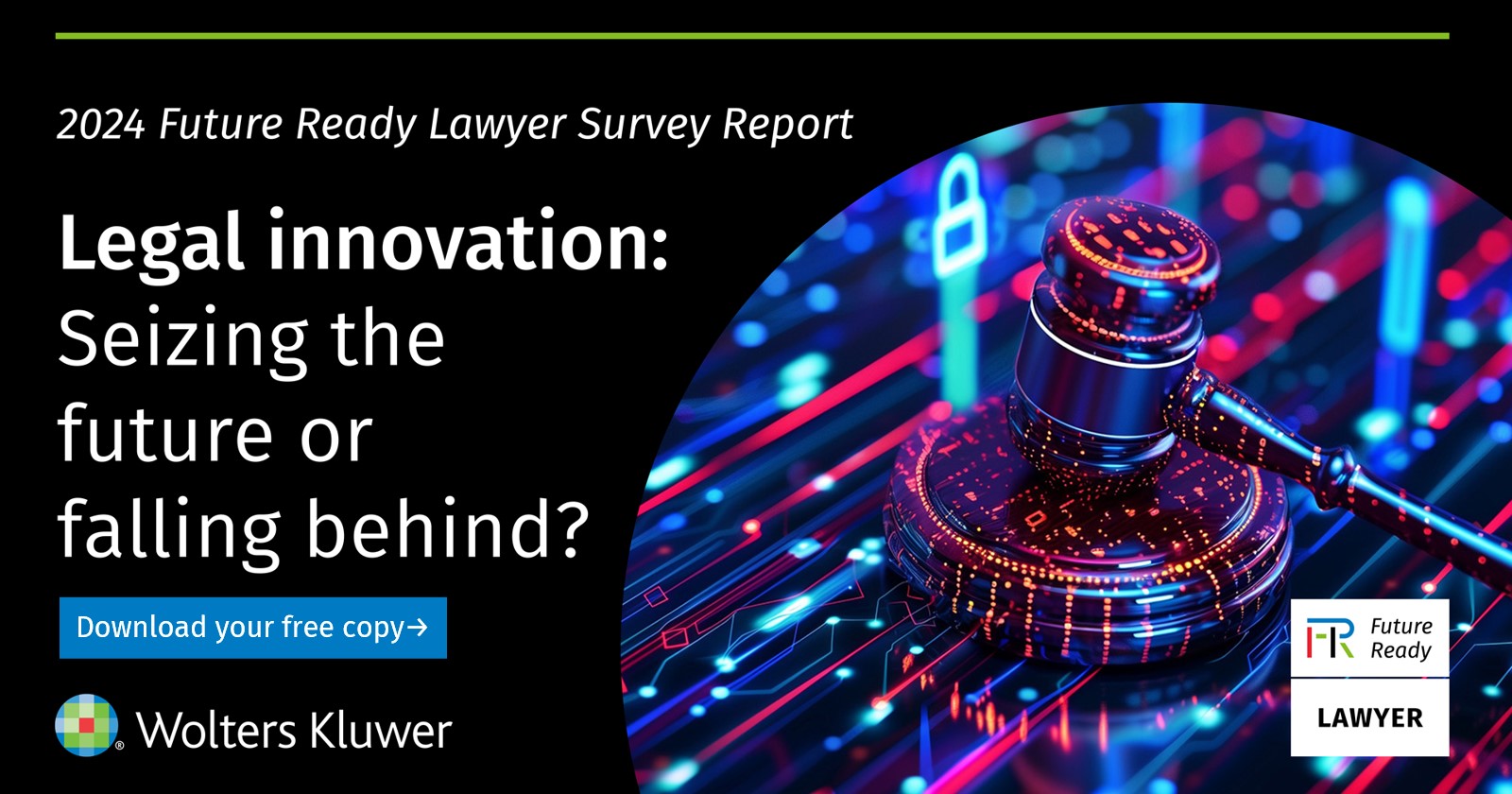by Hetti Hilge
The German Federal Supreme Court (BGH) confirmed that the patent owner may recover the infringer’s profit in so far, and only in so far, as it results from the use of the patent (BGH, judgment of 24.07.2012, X ZR 51/11 – Flaschenträger). With this decision the X. Senate (bench) of the BGH that is competent for patent law confirms the principles on damages calculation that have previously been established by the I. Senate for other intellectual property rights.
In practice, the trial judges have to determine the part of the profit that results from the use of the patent by way of estimation according to their free discretion and based on the circumstances of the individual case. The outcome of this estimation, of course, is hardly predictable.
The BGH gives only a general guidance. The trial judge first of all has to determine all the factors that have influenced the decision of the customers to buy the product. Only in very exceptional cases the assumption that the complete profit results from the use of the patent will be justified, for example if no equivalent design-around solution exists. Other relevant factors apart from the technical advantages that result from the use of the patented teaching, according to the BGH, may include the design of the product, the quality expectations connected with the brand or manufacturer of the product, or the (lower) price. The BGH again confirms that the infringer cannot claim a reduction with the argument that it could have generated the same profit with a non-infringing alternative solution. This defense concerns a hypothetical causal scenario that is irrelevant because the infringer in fact decided to make use of the patent and not of a non-infringing alternative.
Having determined the relevant factors at issue, the trial judge has to evaluate the individual factors and assess the amount that results from the use of the patent in relation to the other factors. The estimation is within the trial judge’s discretion. The revision by the BGH is limited in scope to procedural errors and other obvious errors such as whether all relevant factors have been considered, whether any factors have wrongly not been considered or evaluated inappropriately and whether the decision is in accordance with general logic and common sense. In this case, the BGH found no such errors in the finding of the Appeal Court that 50% of the profits generated with a bottle carrier resulted from the use of the patent which concerned an improvement of certain details of known article carriers, and that the technical and optical advantage of the patent which allowed large-sized advertizing imprints on the carrier was an important factor for the purchasing decision of breweries.
As in this case, the amount of damages calculated on the basis of the infringer’s profit in practice often results in approximately the same amount as a reasonable royalty. The patent owner, under German law, generally has the choice to calculate damages either based on a reasonable royalty, lost profits or infringer’s profits. Due to the uncertainties resulting from the court’s broad discretion in estimating the part of the infringer’s profit that results from the use of the patent, patent owners may eventually favor to chose a reasonable royalty as the more reliable and predictable method.
________________________
To make sure you do not miss out on regular updates from the Kluwer Patent Blog, please subscribe here.


